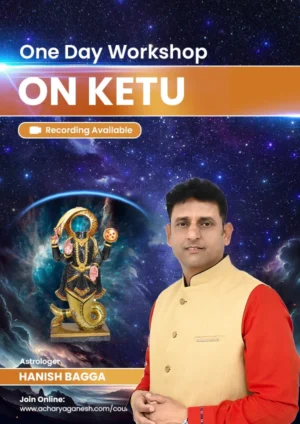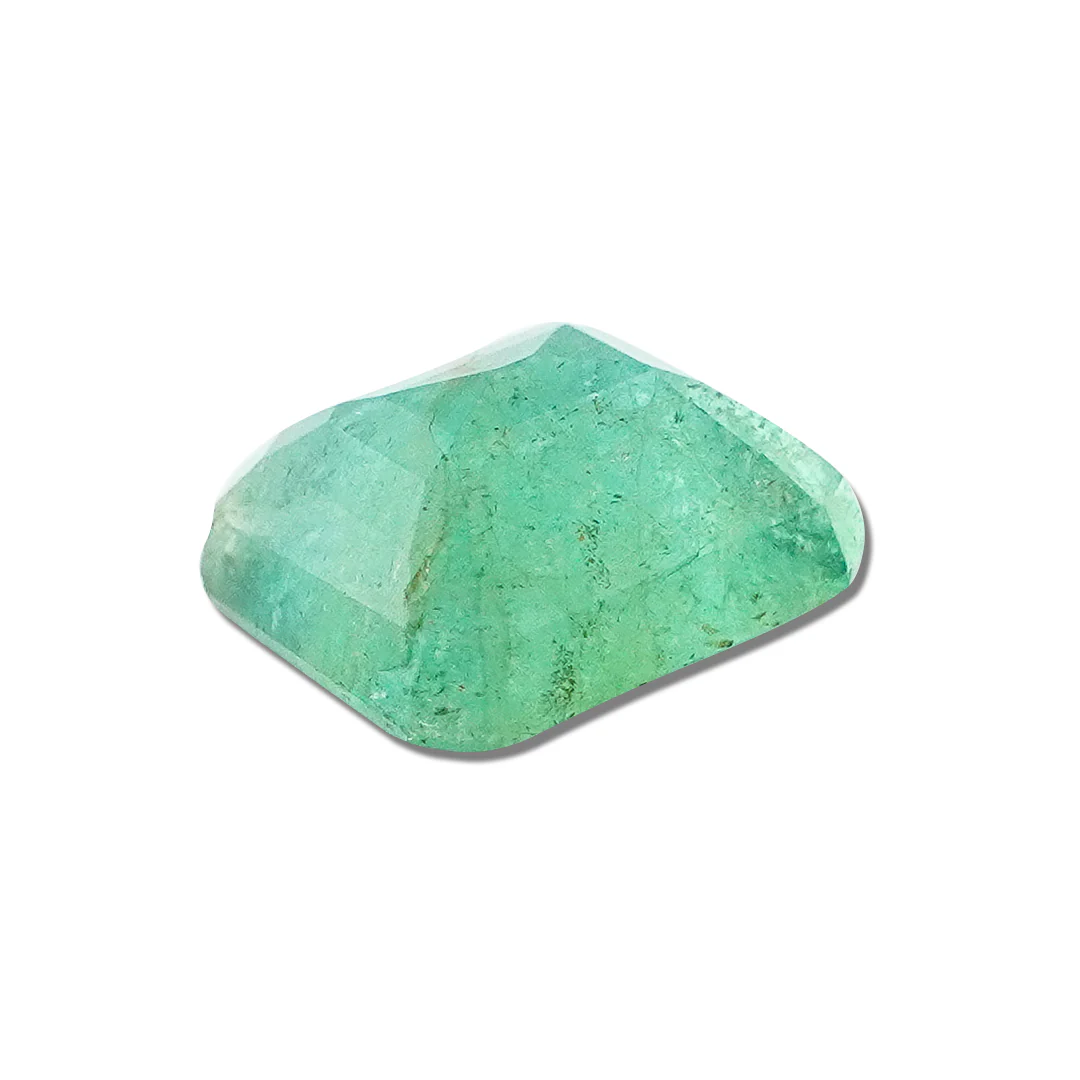Varalakshmi Vratham:
The Varalakshmi Vratham, also known as the Varamahalakshmi Vratham, is connected to Goddess Lakshmi, the Goddess of Fortune. The term “Vara” stands for “Boon.” Devotees undertake a unique and particular “Lakshmi Puja” on this holy day in order to appease the Goddess Lakshmi and to invoke luck, prosperity, and success.Many married women fast on this day in remembrance of Goddess Lakshmi and ask for blessings for their husbands and families. Lakshmi bestows boons to her devotees; the word “vara” means boons. India, a multi religious nation, is home to people who practice a variety of religions, including Christianity, Jainism, Sikhism, Islam, Hinduism, and others. Some festivals are observed at the national level, while others are observed at the regional level throughout the world. Among all those celebrations, Tamil Nadu, Karnataka, Maharashtra, Telangana, and Andhra Pradesh Indian women celebrate Varalakshmi Vrat, a major Hindu festival. August 8, 2025, Friday, the Friday before Purnima (full moon day), is the day of the holy fast in Shravana Masam (month).
The History of Varalakshmi Vratham
According to mythology, there was a woman named Charumathi who resided in Kaundinyapur. Because of her devotion, the goddess Mahalakshmi showed up in her dream. She commanded Charumathi to worship Varalakshmi and fast to grant her requests in the dream. Goddess of wealth Lakshmi is another name for this goddess.According to the dream, she had to propitiate on the Friday of Sravana each month, before the night of the full moon. Charumathi told her family about her dream, and they all urged her to carry out the puja. With religious chants and sweets, she performed this ceremony with the help of other women from the community, following the same tradition as the worship of the goddess Varalakshmi.
The Varalakshmi Vratham Katha
There are many stories that illustrate Varalakshmi Vratham’s significance. The “Shyamabala” tale is one of them. Shyamabala was the daughter of King Bathrasiravas and Queen Sura Chandrika. She married a prince from a neighboring kingdom. Shyamala once saw her mother, Queen Sura Chandrika, kicking out an elderly woman while she was at her parents’ kingdom. The elderly woman has requested that her mother conduct a Varalakshmi puja and observe a fast. The elderly woman was a beggar; therefore, the Queen ignored her request. However, Shyamabala honored the elderly woman and carefully listened to the meaning of the Varalakshmi Vrat. Following her return to her own realm, Shyamabala followed the old woman’s instructions and kept the Varalakshmi vratham and pooja. Following that day, the prince gained recognition for his wise leadership, and the kingdom began to rise and prosper daily.
On the other hand, Shyamabala’s parents were dealing with a lot of problems. People revolted against them. They rapidly lost all of their prosperity. When Shyamabala heard this, she gave them pots of gold, but as soon as Queen Surachandrika saw them, they likewise burnt to ashes. Shyamabala remembered the occasion when her mother was kicking out that elderly woman after hearing about this. She came to understand that the elderly woman was indeed Goddess Lakshmi in disguise. When Shyamabala realized this, she requested that the Queen hold a Varalakshmi puja and observe a vrat in the palace. The Queen put the same effort and was notably successful in regaining her former splendor. In order to invoke the graces of Goddess Lakshmi and welcome money and prosperity into their lives, men and women together celebrate Varalakshmi Puja, which is incredibly popular in South India.
Rituals (the procedures of Varalakshmi Vratham)
1. Although anybody can practice the Vrata, women typically observe the fast to ask for blessings for the health and happiness of their family members.
2. Women maintain the ceremonial fast on this auspicious day, get up early, and perform the Varalakshmi Pooja, which involves presenting the Goddess with fresh flowers and sweets.
3. On Varalakshmi Puja women do not take a few specific items of food and these can slightly vary region to region.
4. Brass jar or ‘Kalash’, depicting the deity is embellished with a saree. With the sandalwood paste, take kumkum and make a swastika sign. In addition to coins, five different types of leaves, betel nuts, and raw rice or water, the Kalash pot is filled.
5. Lastly, a coconut covered with turmeric is used to seal the mouth of the Kalash, and some mango leaves are placed over its mouth. The Dorak is a holy thread and this is worn during the pooja of Varalakshmi puja.
6. Vayana refers to the sweets that are presented to the deities.
7. In the evening an aarti is performed to the goddess.
8. The next day the water from the Kalash is scattered throughout the rooms of the house and the family will have a rice dinner, or prasad, Kalash containing grains as one of its constituents.
Varamahalakshmi’s flower Decorations
One of the traditions to follow is home decorating, as a way of getting ready to conduct the welcoming for Goddess Lakshmi. These decorations set a joyful ambiance for the arrival of the goddess of wealth and success. The essence of cleaning as well as decorating the house is associated with the manifestation of the importance of blessings and cleanliness. It is believed that a neatly organized place attracts positive energy and advantages. It has been customary for ages to decorate the house for Vara Mahalakshmi Puja.Flowers of jasmine, marigold, rose, etc., beautifully intertwined in floral carpets and baskets spread their fragrance everywhere hinting at celebration and worship. Elevate your creative abilities to a higher level by adding these elaborate designs to the altar, doorways, and even doorsteps. The aromatic flowers are in perfect harmony with the festival’s atmosphere, symbolizing purity, prosperity, and auspiciousness. Families come together to pray and ask for blessings. These flower decorations’ exquisite appearance heightens the joy and sacredness of the event.
Importance of Varalakshmi Vratham
Varalakshmi Puja, also known as Varalakshmi Vratam, is an important religious ritual in which people of all genders worship the goddess Varalakshmi. They revere her as the divine giver of wealth, prosperity, bravery, wisdom, and procreation. During this Vratam, followers beseech her for many blessings for themselves and their families.
Varalakshmi Puja is a gesture for paying devotion to each of the eight incarnations of Goddess Lakshmi. It is believed that this ceremonial gesture will bring about a number of positive effects, including:
Dhanam (monetary benefits): Attracting wealth and extravagance.
Dhanyam (Plenty of Food and Grains): Thinking of plenty of food and grains in their life.
Arokkyam (good health): Asking for the benefits of strong well-being.
Sampath (Property and Wealth): The pursuit of money and possessions in life.
Santhanam (virtuous offspring) : The objective of Santhanam (virtuous offspring) is to have healthy and moral children.
Deerka Sumangali Bakkiyam (husband’s longevity): Praying for a partner’s longer life.
Veeram (courage): Looking for a symbol to overcome fear and to get the power to tackle problems..
Gaja Lakshmi (freedom from debts): Seeking freedom from financial burdens and obligations.
On this day, married ladies customarily fast, breaking it after completing the pooja. By showing devotion to Goddess Varalakshmi and asking for her blessings, one can strive for various sorts of prosperity and well-being in life through the Varalakshmi Vrat.
Remedies for Varalakshmi Vratham
1. Lotus is a favorite flower of Goddess Lakshmi; thus, be sure to include Lotus into your rituals. At the feet of Goddess Lakshmi, you can place the Lotus flower. To achieve all of your wishes, you may also lay a rose or any other white flower on this day.
2. Both husband and wife can fast and prepare Satvik foods at home on Varalakshmi Vratham day. To have a happily married marriage you can invite Brahmins and the needy ones into your home.
3. Rice and milk kheer has to be prepared and then some makhana can also be added into the preparation. It has to be offered to Goddess Lakshmi before you can consume it as a prasad.
For interesting reels, follow us on Instagram
FAQs about Varalakshmi Vratham
Q1. Why is Varalakshmi Vratham celebrated?
Ans- ‘Varalakshmi Vratam’ is a ritual being performed to please Goddess Lakshmi who is considered the deity of wealth, fortune and prosperity. Thousands of people pay their respect and follow this vrat (fast) and special puja to attain prosperity, health and wealth and their family members. It is said that performing the vrat will help them to eliminate all evils from their lives and lead a prosperous and happy life.
Q2. How to perform Varalakshmi Vratham?
Ans- To perform Varalakshmi Vratam:
- The first thing is to take a bath early in the morning and then clean the house.
- Organize space for the implementation of the rituals, which is referred to as an altar or a puja corner.
- Hang a saree on the kalash which is a jar made up of metal and fill it with water, coins, betel leaves and nuts followed by placing a coconut over the kalash which has been smeared with turmeric.
- To keep the place full of life fresh flowers, fruits and sweets like Vayana should be offered.
- Singing of some special chants particularly for Goddess Lakshmi and performing aarti.
- Take a ‘Dorak’, which is a sacred thread and tie it around the wrist.
- At the end of the puja, pour water from the Kalash around the house and distribute prasad.
Q3. What are the rules for Varalakshmi Vratham?
Ans- According to customs, women – and married women in particular – are required to fast on this day.
- It involves fasting specifically from a few foods, which may differ depending on the region.
- The different procedures should also be done in a clean environment with a lot of interaction of purity.
- The puja should preferably be conducted in the early morning or at muhurat.
- Women or men who are observing the vrat should refrain from anger, abusive language and emphasizing on thinking negatively.
Q4. Which God is Varalakshmi Vratham?
Ans- The Varalakshmi Vratham is celebrated in order to seek the blessings of the Goddess Varalakshmi, who is an avatar of Goddess Lakshmi and who bestows boons, benefits, wealth and prosperity.
Q5. Can we do Varalakshmi pooja during periods?
Ans- Culturally and to maintain the ritual purity, women are barred from performing the puja during their menstruating period while observing the Varalakshmi Vratam. Nonetheless, practices are different concerning the area and faith, and some may decide to go with the rituals depending on their feelings and faith.
Q6. Which lagna is good for Varalakshmi pooja?
Ans- In Varalakshmi Pooja Vrishabha Lagna (Taurus) and Simha Lagna (Leo) are considered ideal lagna timings.
Vrishabha Lagna (Taurus): This lagna is considered to be highly auspicious to perform poojas or rituals related to money or wealth since this position symbolizes stability, accumulation of wealth and economic progress. It is also said that doing the Varalakshmi Pooja during the Vrishabha Lagna brings four types of aspects namely – Aishwarya (prosperity), Ananda (happiness), Samridhi (wealth), and Arihanta (salvation).
Simha Lagna (Leo): This lagna is also regarded as highly beneficial due to its attributes such as power, courage and success. It is considered auspicious if the pooja is done in the Simha Lagna so that the blessings of god can be received for all round prosperity and safety.
Know more about astrology: acharyaganesh.com






























